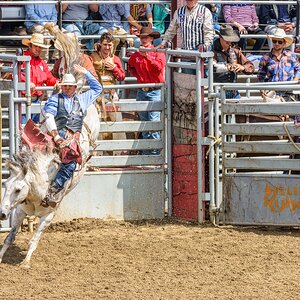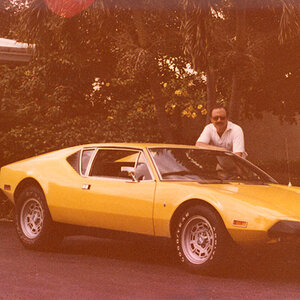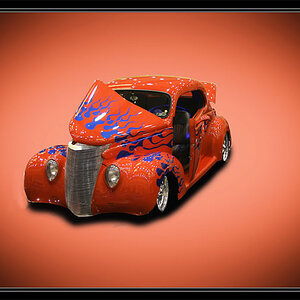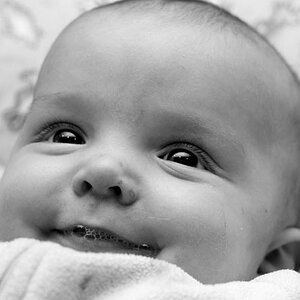Summer75
TPF Noob!
- Joined
- Dec 25, 2015
- Messages
- 93
- Reaction score
- 5
- Can others edit my Photos
- Photos OK to edit
Can one shoot in Manual, or even take RAW photos, with a mirror-less camera? I am a dslr owner and have often wondered about these middle-ground cameras that offer more than a point and shoot but seem a step below a dslr. I am also wondering if you can change lenses with them.


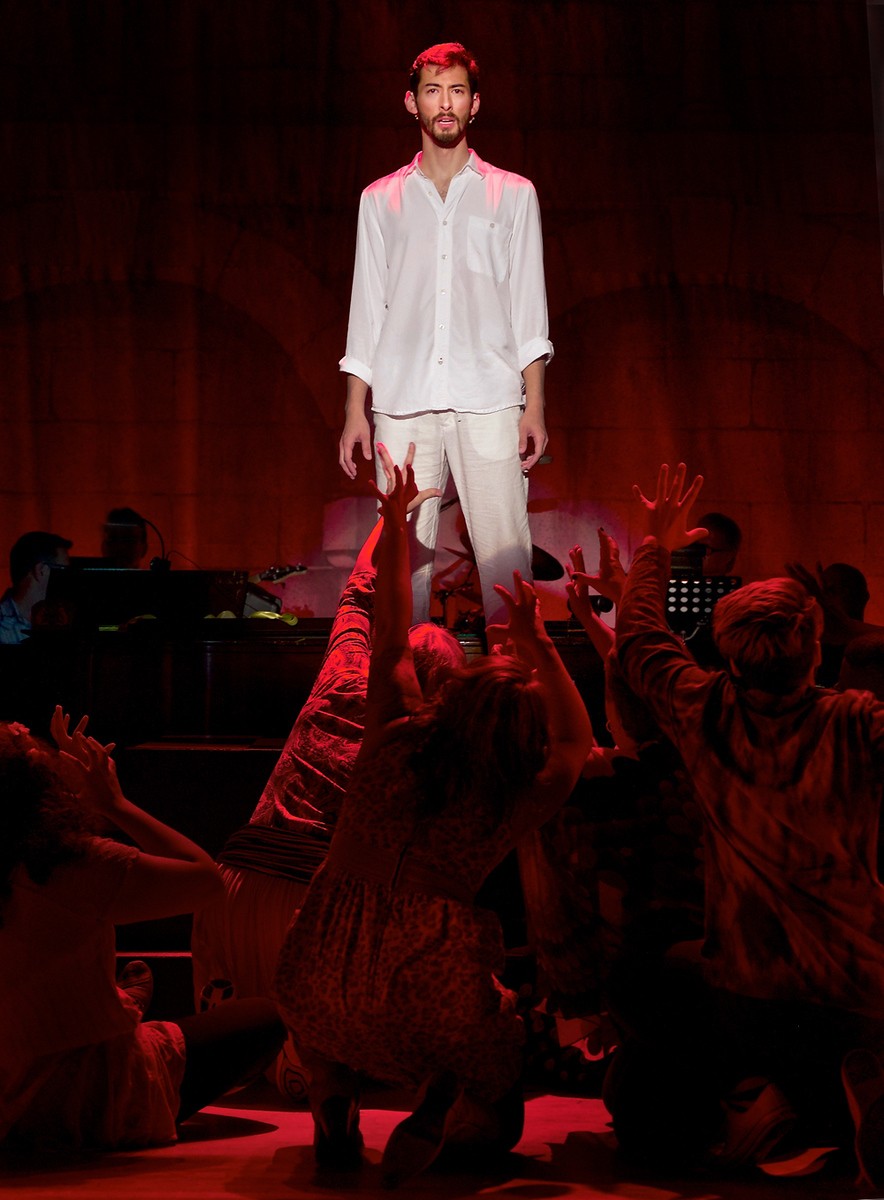

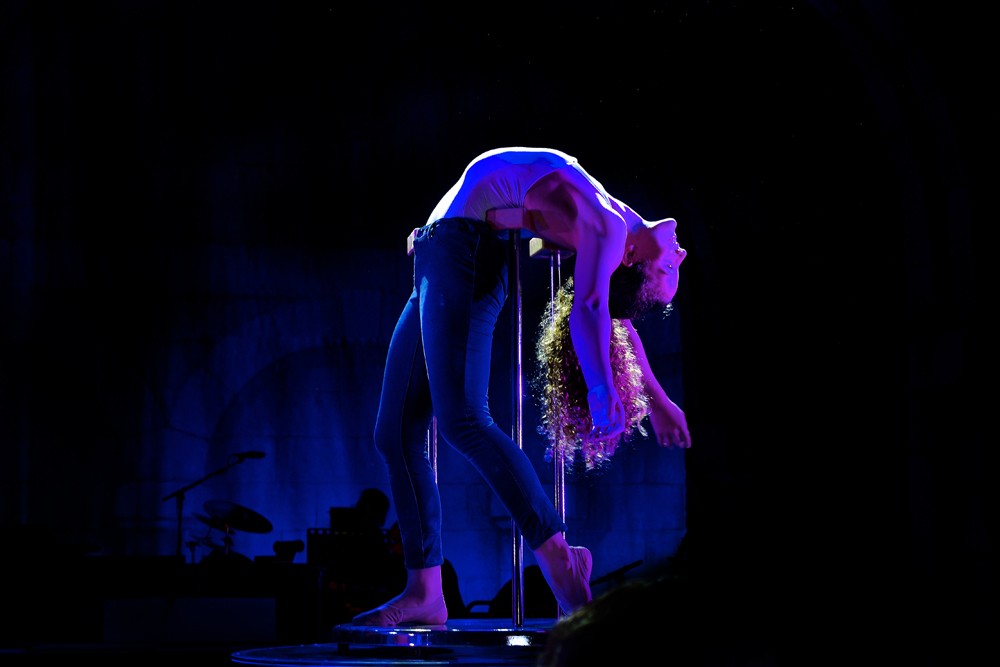
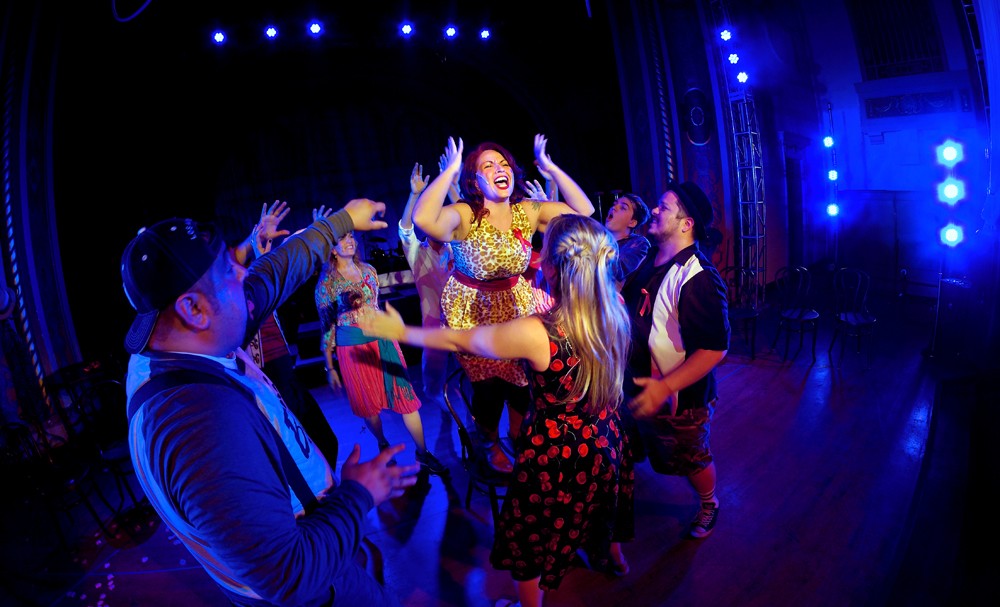
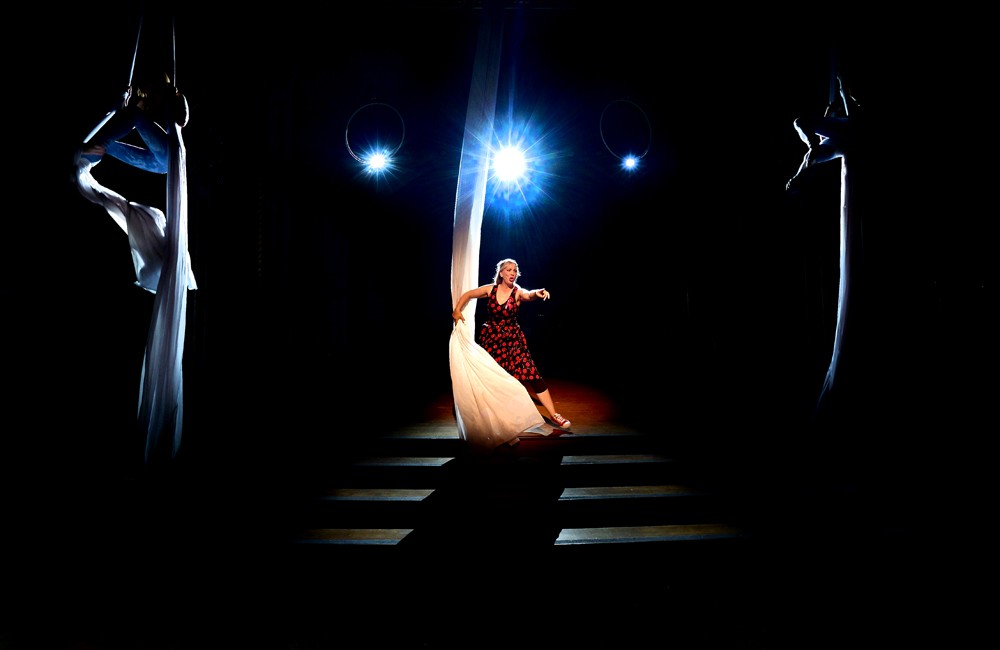
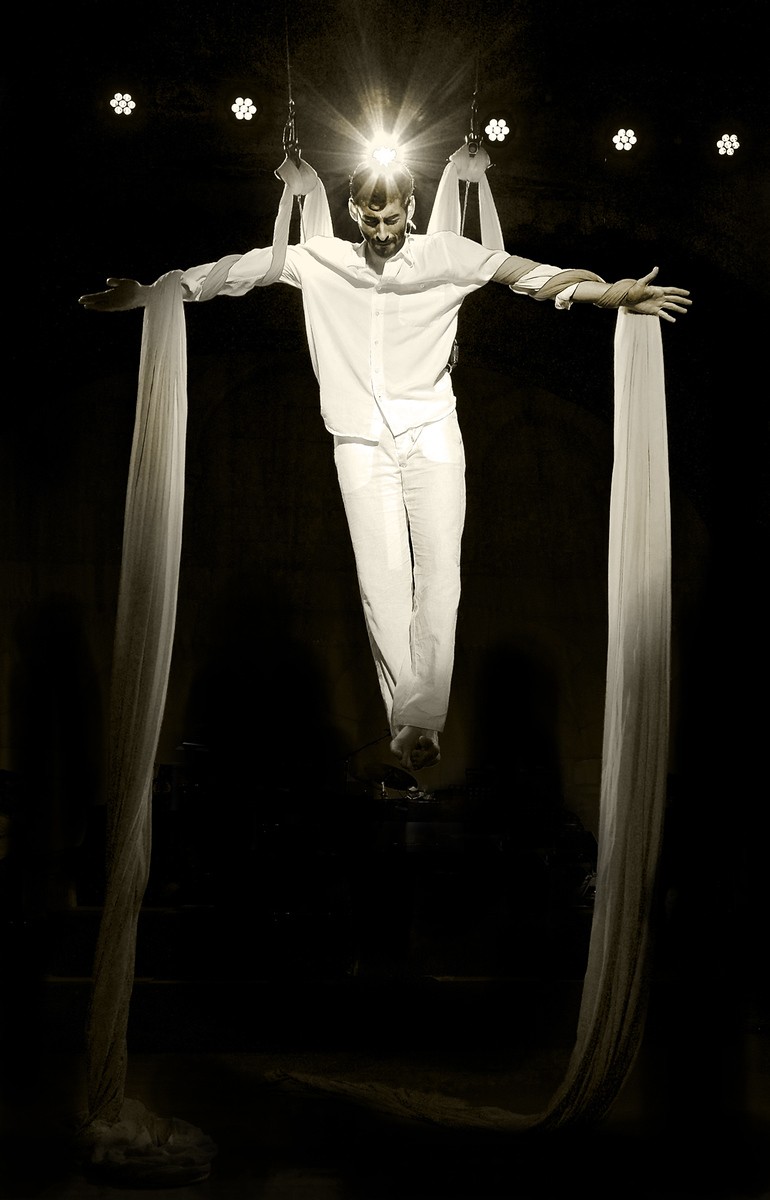

![[No title]](/data/xfmg/thumbnail/42/42466-109a1021e2f0f132abfd74e1a6e39444.jpg?1619740192)

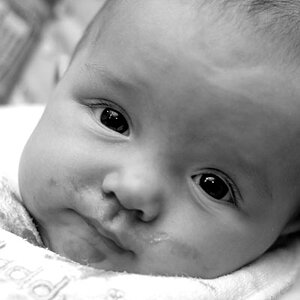
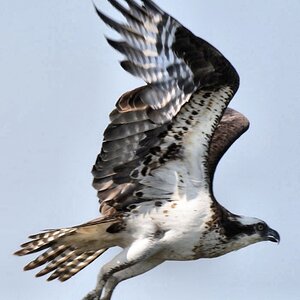
![[No title]](/data/xfmg/thumbnail/40/40286-86401b94de8b01bea8bb4ea154aaea0a.jpg?1619739408)
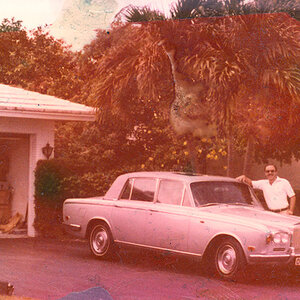
![[No title]](/data/xfmg/thumbnail/42/42467-e93a2a1ecfbab434ac7d27c9d0dd0a02.jpg?1619740193)
